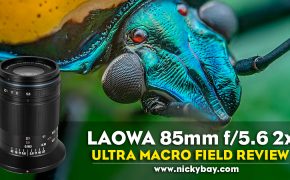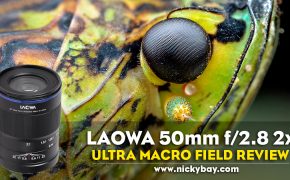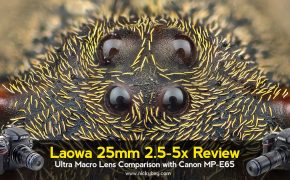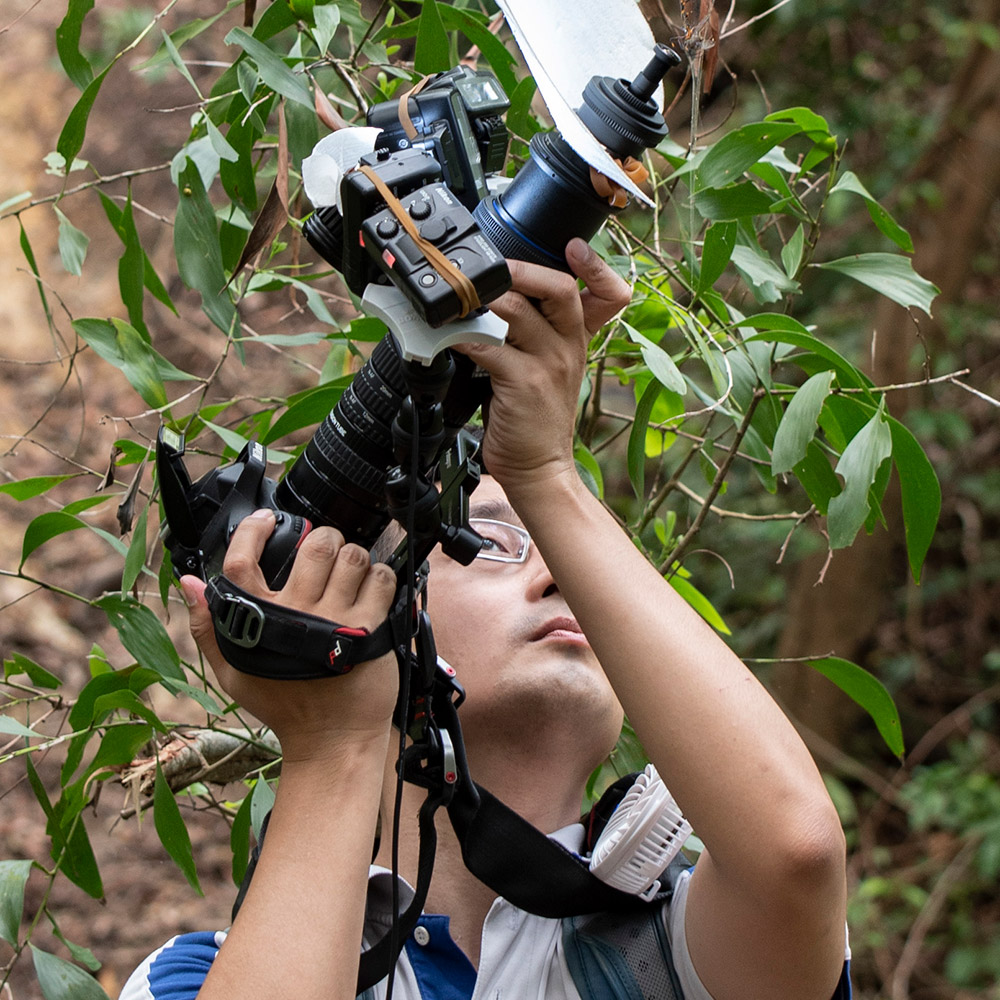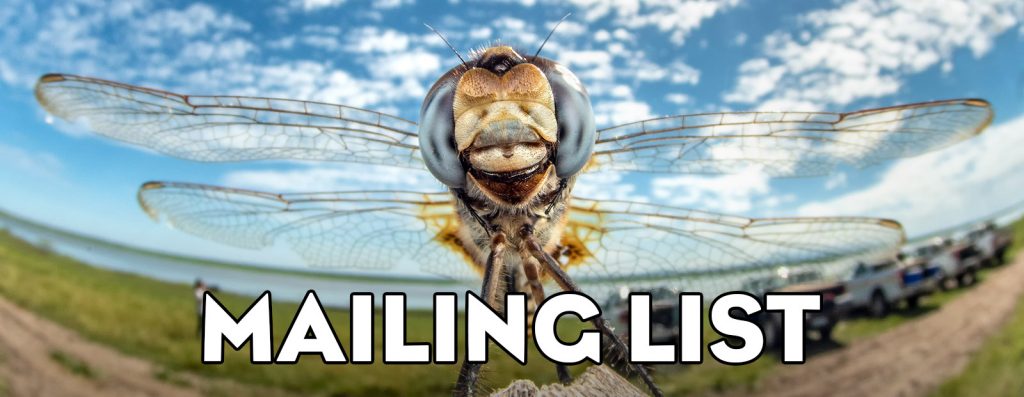Last month, Venus Optics contacted me and asked if I would like to try out their new Laowa 12mm F/2.8 ZERO-D lens, which is touted as the world’s widest F/2.8 lens with close to zero distortion. But wait.. I am a macro photographer with little experience with landscape and astro photography, how would I know what to shoot or look for?
“Just try it”, they said. And I had just about a week.
Before I had time to figure out the intricacies of landscape and astro photography, the lens was in my hands and I was busy looking for nice spots in Singapore to try this lens out. Many thanks to my friends, especially Victor, Seawei and CK for their advice throughout the week!
This is not a full-fledged technical review, but a showcase of what I shot over the week, as well as some personal thoughts on this lens. For those who are too lazy to read through the post, just view the video compilation above! Watch it in fullscreen, at 4K resolution or at least in HD for the best experience.
Construction
This is a pre-production lens and not the final version, which will differ slightly. The lens sports a full metal finish and feels very well made! No rubber parts, so no rubber expansion nor fading woes. Not sure how well it holds up with extreme weather conditions but Venus Optics said that they had tested the lens under wet and dirty conditions and the lens was fine. They are so confident about this that they are offering a 5-year warranty.
Focusing Ring
Focusing ring is buttery smooth and nicely damped. The infinity focus is precise, which means that while other AF lenses allow your focusing ring to turn slightly beyond infinity, this lens stops the focusing ring exactly at infinity. This allows me to easily set the focus to infinity in dark situations.
Aperture Ring
The aperture ring clicks well at each stop. Would prefer it to be a teeny bit tighter as I had accidentally rubbed against the lens and changed the aperture unknowingly on one occasion.
Lens Hood
The main lens hood is removable, revealing a much smaller fixed hood. Yes, weird but it has 2 lens hoods. The lens cap was also not ready yet, so I wasn’t able to tell if the cap could fit both hoods.
Square Filter Holder
Amazingly, this lens has an optional filter holder accessory which can hold up to 2 x 100mm square filters and 1x 105mm CPL. Other ultra wide angle lenses would typically have required 150mm filters which would be more expensive and cumbersome to carry around. The filter holder clicks onto the lens in place of the larger hood.
Magic Shift Converter
Unfortunately, this converter was not completed on time for me to try out. Essentially, it converts the lens into a 17mm with ±10mm shift and 360° rotation capabilities. Available on E-mount only.
Size Comparison with Sigma 12-24mm
I have the first version of the Sigma 12-24mm which was rarely ever used as it was a really clunky piece. It was a pleasant surprise that the Laowa 12mm could be significantly smaller despite having a larger aperture at F/2.8. Note that although the lens itself is much smaller, the larger hood is of the same size as that of the Sigma 12-24mm.
Bokeh!
Thought it would be interesting to see how the bokeh looked like on a 12mm lens. Pleasantly round bokeh in the center, with slightly pulled ones towards the edges.
Bioluminescent fungi (Filoboletus cf. manipularis)
No post here would be complete without a close up shot. These mushrooms are bioluminescent and can be seen glowing in the forest darkness from a distance. Ideal to test the close up capabilities of this lens!
12mm Lens Distortion Comparison
Since I only had the Sigma 12-24mm F/4.5-5.6 version 1 to compare with, I brought both lenses out to photograph Singapore’s financial district. The first version of Sigma 12-24mm is said to have the best distortion control, so I thought that this might be a good comparison. There is little visible difference in the handling of distortion between the lenses, but image quality had an obvious difference as seen below.
12mm Lens Image Quality Comparison
Image quality in the center of the image had no visible difference but at areas closer to the edge, the image quality of the Sigma 12-24mm deteriorates while the Laowa 12mm holds up pretty well. Chromatic aberration was also a little more distinct in the Sigma 12-24mm. Do note that this is the first version of the Sigma 12-24mm. I heard from my friends that the second version had better image quality, but with slightly poorer distortion control.
Singapore’s Financial Centre
With a loose base plate and lack of an L-bracket, I struggled to level the camera for a portrait orientation. Note to self: Have an L-bracket ready and always bring the tools to tighten the base plate when needed!
Yoga by the City
Incidentally, it was the International Day of Yoga and some groups were already deep into their Shavasana. Some of my friends on Facebook jokingly mentioned that there were too many drunks and homeless people on the ground!
Singapore Botanical Gardens Waterfall
One of the most well known problems with ultra wide angle lenses (14mm and wider) is the lack of good compatible square filter holders. Some that had the options were designed for the huge and expensive 150mm square filters. Hence it was a pleasant surprise that the Laowa 12mm had a 100mm square filter holder designed for it. I guess this was accomplished by removing the lens hood and positioning the filter as close to the lens as possible. Good news for those who had already invested in 100mm filters! However, as expected for ultra wide lenses, light fall-off at the corners will be more obvious with ND filters as the light passes through more filter glass at extreme angles.
Chinatown Timelapse
Venus Optics asked if I could do any timelapse sequences with this lens. Not sure what it was usually like, so I tried running up and down a building in Chinatown to get this animation.
Buddha Tooth Relic Temple Timelapse
The other side of the building appeared to be more scenic. Got a little dizzy lugging my equipment up and down 20 storeys! @_@
Buddha Tooth Relic Temple
As night fell, the scene appeared to look much nicer with the iconic temple and Singapore’s city scape in the background. Extended exposures merged to create the light trails from the traffic.
Buddha Tooth Relic Temple Timelapse
How the traffic looked like. A resident came up to chat with me as he thought that I looked bored. 😛
Singapore Science Centre
With the help of my good friend Victor, I managed to get my very first simple star trail shot at the Singapore Science Centre, with a superimposed Eye of Sauron for laughs.
Singapore Science Centre Star Trails
Animation of the star trails.
Shooting the Milkyway
Shooting the milkyway appears to be one of the biggest reasons to use this lens with its F/2.8 aperture. Lengthier shutter speeds would result in a blurry milkyway due to the earth’s orbit. While I had to use ISO3200 on the Sigma 12-24mm, I only needed ISO1000 for similar results at times with the Laowa 12mm at the widest aperture setting. This shot is not as contrasty due to the cloudy sky.
Milkyway high up in the sky
As the milkyway moved higher up, the clouds began to clear and I could get a clearer shot of the milkyway.
Milkyway and moon moving up
Short animation showing the milkyway moving higher into the night sky. Had to tilt the lens higher for this!
Milkyway Star Trails
Leaving a trail of stars behind while the moon rises.
Rain of Stars
End result! Less than 20 minutes to get this star trail shot.
Lonely Tree at Midnight
As the moon rose brightly into the night sky, we could no longer see the milkyway clearly and called it a night. Before leaving, the others in the group were shooting this lonely tree, so I tried a wide angled view as well.
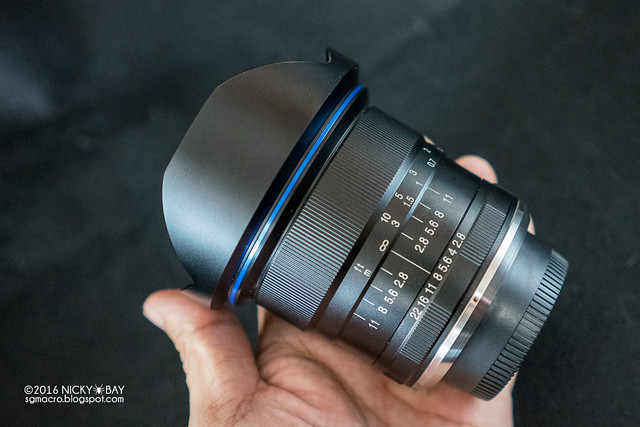
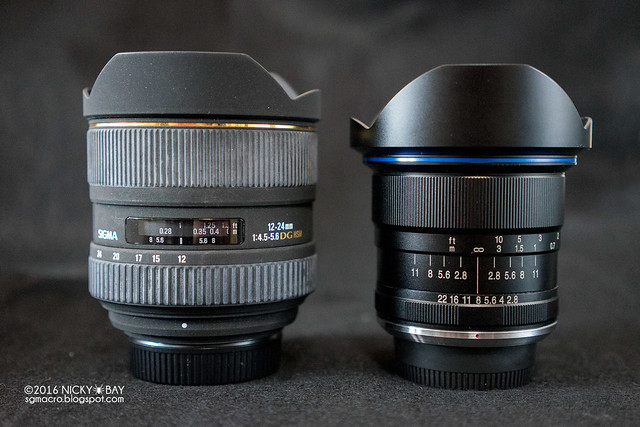
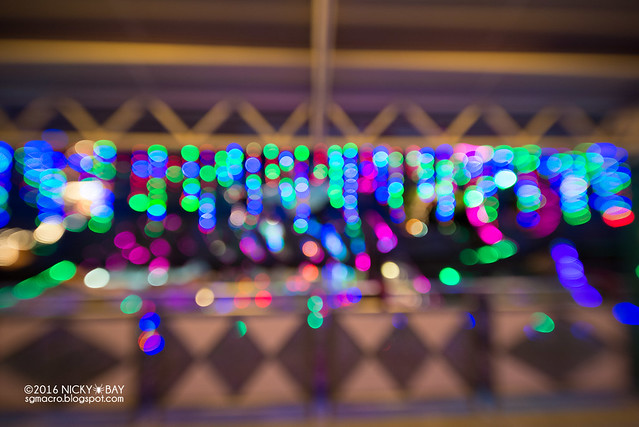
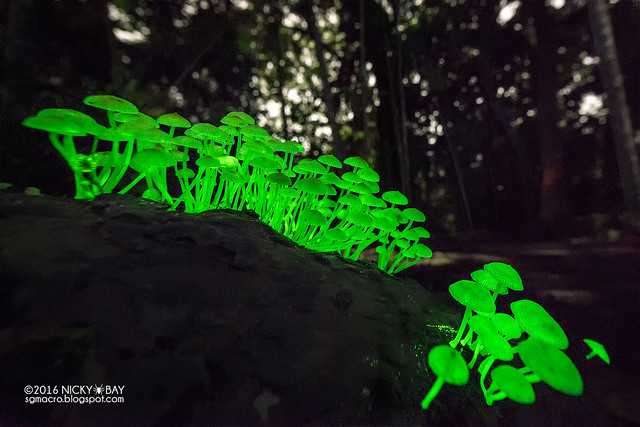

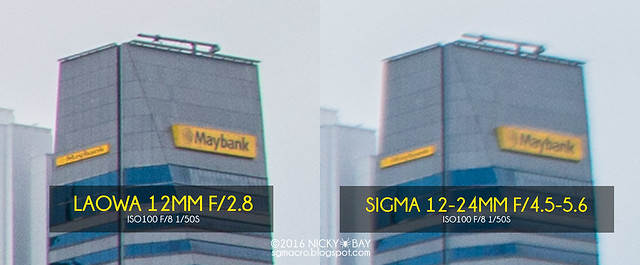
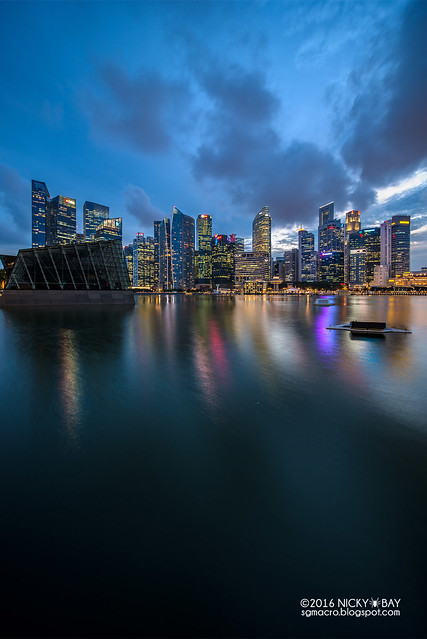
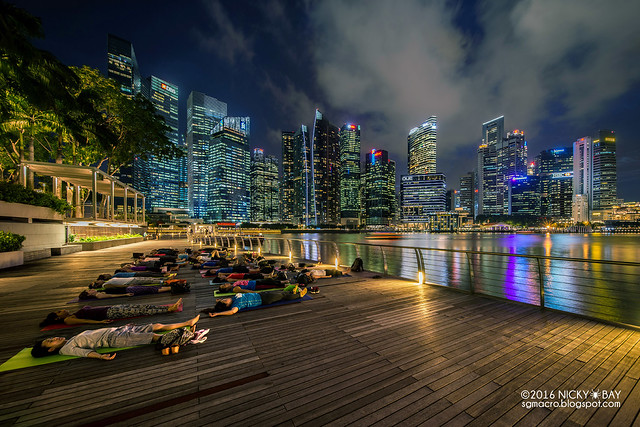
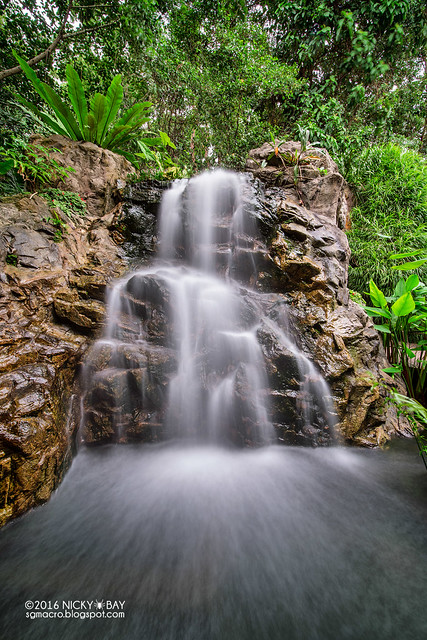
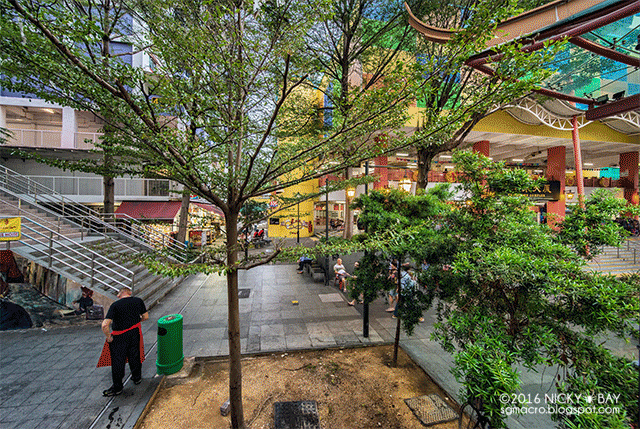

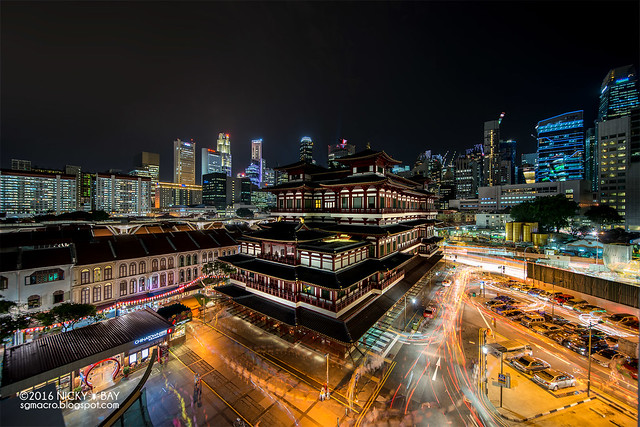

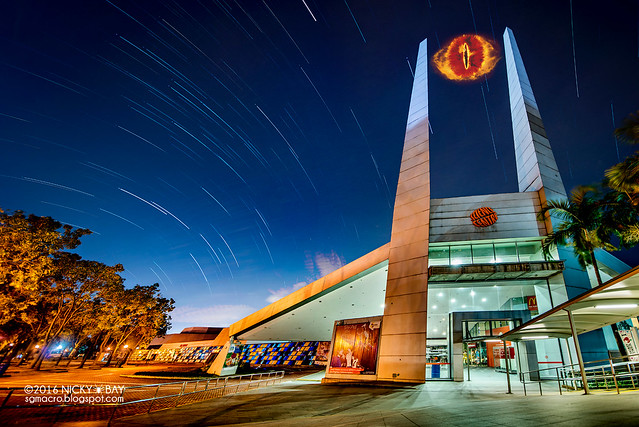

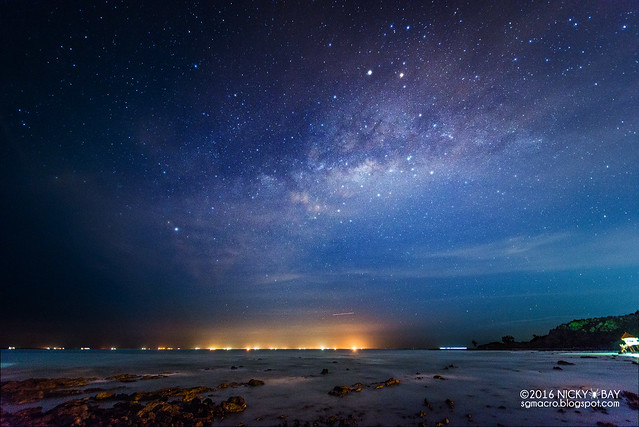
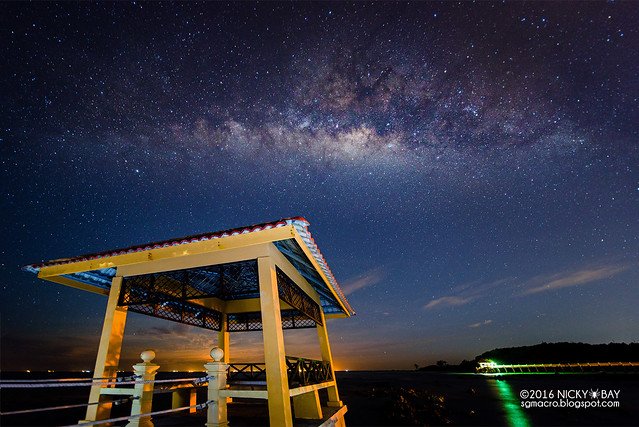
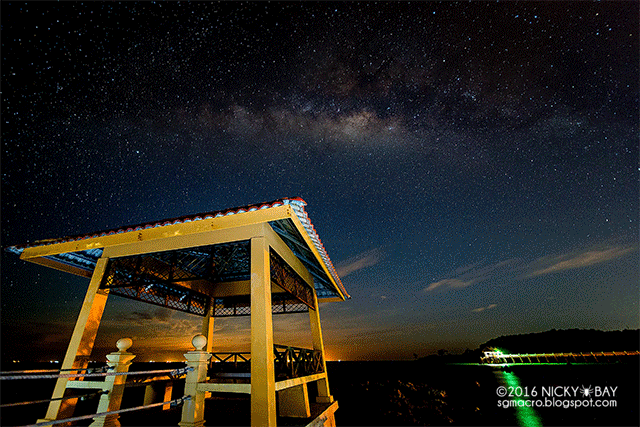
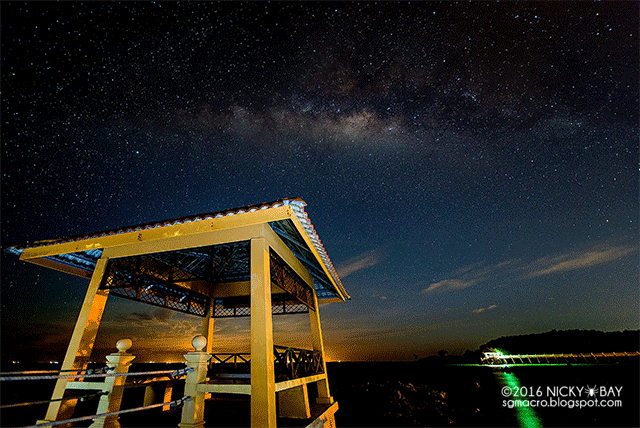
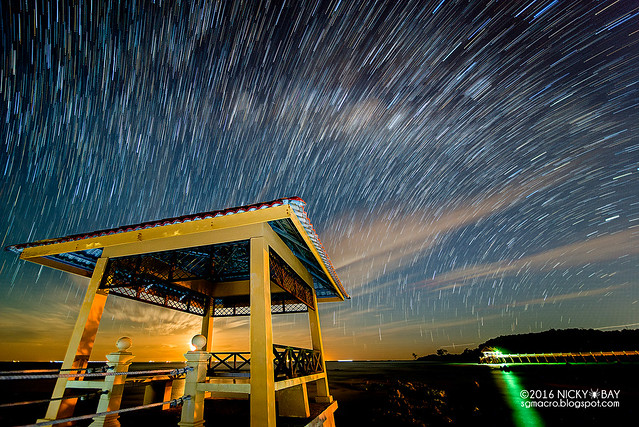
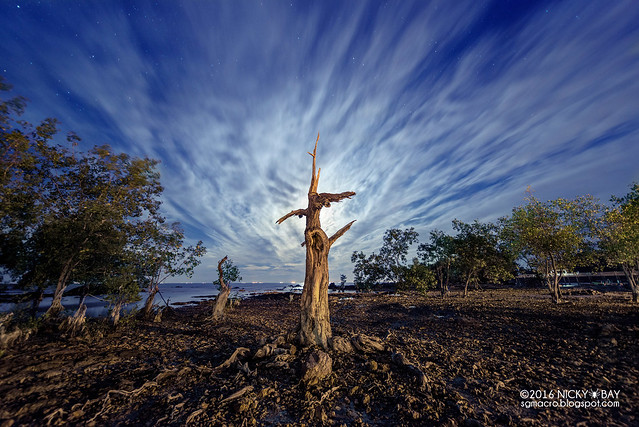
Note: Those who follow my Flickr stream may have noticed an early test shot on a piece of grid paper. The paper wasn’t completely flat and not perfectly parallel to the lens, and was subsequently removed since it wasn’t an accurate test.
Ultra Wide Angle Lens Comparisons
I’ve listed some basic comparisons with the most popular ultra wide angle lenses with decent distortion control. Included the Sigma 12-24mm f/4.5-5.6 II, Nikon 14-24mm f/2.8G and Canon 11-24mm f/4L.
| Laowa 12mm | Sigma 12-24mm II | Nikon 14-24mm | Canon 11-24mm | |
| Focal Length | 12mm | 12-24mm | 14-24mm | 11-24mm |
| Max. Aperture | f/2.8 | f/4.5 | f/2.8 | f/4 |
| Aperture Ring | Yes | No | No | No |
| Max. Magnification | 0.2X | 0.16X | 0.15X | 0.16X |
| Focus Mode | Manual | Auto | Auto | Auto |
| Weight | 609g | 670g | 1000g | 1180g |
| Size | ⌀74.8 x 82.8mm | ⌀87 x 120mm | ⌀96 x 132mm | ⌀109 x 132mm |
| Square Filters | 100mm | 150mm | 145mm | 200mm |
| Lens Hood | Removable | Fixed | Fixed | Fixed |
| MSRP* | $949 | $949 | $1999 | $2999 |
* Manufacturer Suggested Retail Price in US Dollars
Technical Specifications | |
|---|---|
| Focal Length | 12mm |
| Aperture | f/2.8 – f/22 |
| Format | Full Frame |
| Elements/Groups | 16/10 |
| Aperture Blades | 7 |
| Min. Focusing Distance | 18cm / 7.09″ |
| Max. Magnification | 0.2x |
| Focus Mode | Manual |
| Dimensions | ⌀74.8mm x 82.8mm |
| Weight | 609g / 1.34lb |
| Available Mounts | Canon EF / Nikon Ai / Sony A / Sony E / Pentax K |
Summary
Here’s a quick summary for those who are considering this lens.
| Feature | Comments |
|---|---|
| Fastest | World’s fastest rectilinear 12mm at f/2.8 |
| Close to Zero Distortion | For infinity focus, great for architectural shots |
| Small Size | Smallest ultrawide lens |
| Lightweight | Lightest ultrawide lens |
| Image Quality | Images are sharp even at the corners with a little light drop-off at f/2.8, but I did not get to do extensive tests for chromatic aberration and coma. |
| Aperture Coupling | Allows me to compose wide open even when aperture is stepped down (Nikon and Pentax mounts only). Unfortunately aperture is not recorded in the EXIF in the version that I used. |
| Removable Hood | Perhaps a personal preference, but I like the fact that I can bring the lens out for night shoots without the clunky hood. |
| Precise Infinity Focus | Not stated in specifications, but the focusing ring stops at infinity precisely, allowing me to focus to infinity in the dark. Excellent for astro photography. |
| Highest Magnification | Not a concern for many, but gives more opportunities for me! |
| Small Square Filters | Filter holder at just US$50 to fit 2x 100mm square filters and 1x105mm CPL. 100mm square filters are way more affordable and portable than 150mm ones. |
| Shift Adapter | Magic shift converter at US$300 converts to 17mm with ±10mm shift and 360° rotation. Unfortunately this is for E-mount only. |
| Most Affordable | Low MSRP at launch |
| Warranty | Venus Optics is offering a 5-year warranty for this lens |
Conclusion
The week went by very quickly, and the lens was quickly returned for further testing. Did it get me interested in landscape and astro-photography? Yes, it is a really fun and sharp lens to have with features that addresses the needs of many landscape and astro photographers! Though I would not be shooting as much as the rest of my friends, I would have a better idea of what’s going on when my friends are shooting the sky while I’m hunting for bugs in the background.
The Laowa 12mm F/2.8 ZERO-D is scheduled to be launched via Kickstarter on 31st July 2016 7am (+8GMT, Singapore) or 30th July 2016 7pm (EST, USA). It is expected to retail at US$949, but supporters of the campaign can get the lens for as low as US$649 to US$899. The lower price range is for early birds only with extremely limited numbers! I will include the campaign link here when it is available, so do check back often and share it with your friends! If you have any questions about this lens or suggestions for this post, just leave a comment below or contact me on Facebook.
Update 31st July 2016
The campaign is live now and will end on Aug 30 2016 6:59 AM AWST. View the Kickstarter Campaign here!
